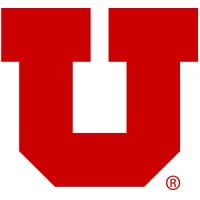
University of California, Davis
UC Davis was founded in 1908 to serve the state of California. We do and we always will. Today, that seed planted years ago has grown into one of the world’s top universities. UC Davis has a community of faculty and staff who are leading the way in teaching, research, public service and patient care. As the second-largest employer in the region, our Davis and Sacramento campuses host more than 24,000 employees and more than 40,000 students — including undergraduates, graduate students, professional students, interns and residents. Our talented students are more likely to collaborate than compete, and our employees make creative connections from the obvious to the outlandish. This friendly approach has built a rich campus community that turns big ideas into real solutions. We’re ranked among the top 20 public universities in the nation with $1 billion in research funding. We’re harnessing our power to find innovative solutions to the world’s most daunting challenges — and preparing the next generation of leaders while we’re at it. The university offers more than 100 majors in four colleges — Agricultural and Environmental Sciences, Biological Sciences, Engineering, and Letters and Science. Graduate students can pursue interdisciplinary studies, with advanced degrees available from six world-class professional schools — School of Education, School of Law, Graduate School of Management, School of Medicine, School of Veterinary Medicine and the Betty Irene Moore School of Nursing.






